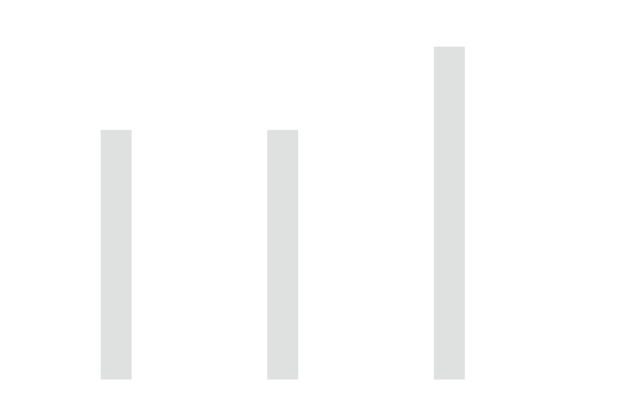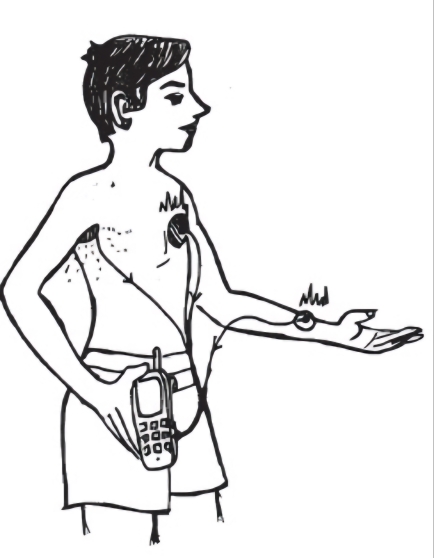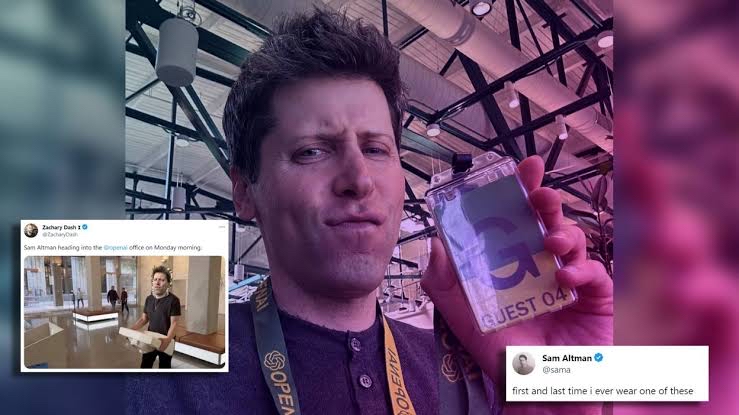Back
Havish Gupta
Figuring Out • 1y
It looks good. only thing i would like to know is that does our body produces so much heat to charge our mobile.
1 Reply
1
Replies (1)
More like this
Recommendations from Medial
kushal hemanth
The startup bee • 1y
How much does a mobile app can cost monthly if I am at my initial stage and how costly it can be further, I am a bit confused regarding how much the costs would be in the upcoming days. Please guide me regarding that and how much funding should I rai
See More3 Replies
1
2
RAUNAK KUMAR KANTH
Hey I am on Medial • 7m
I want to create an Indian mobile company , with our people better than apple. I want to develop an OS which would be better than iOS and Android. I need finance for that. We will manufacture everything in India, each part would be made in India onl
See More2 Replies
5
Download the medial app to read full posts, comements and news.



































